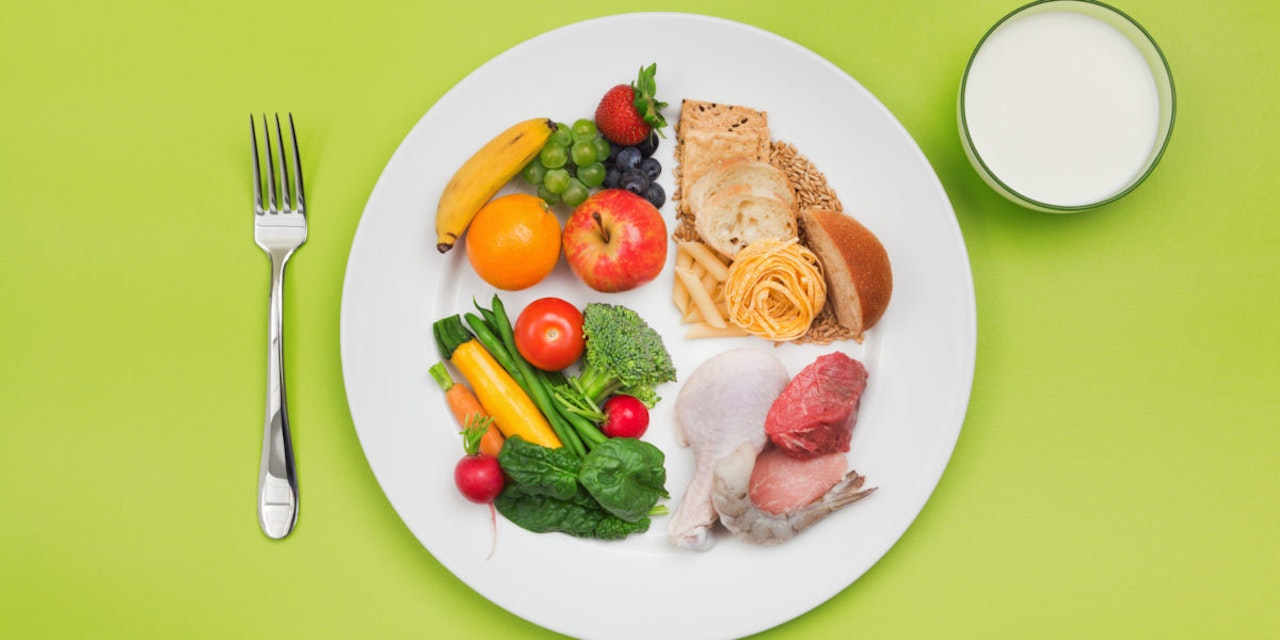The Answers to All Your Macros Questions
Tracking macros has become a popular and relatively easy way to lose weight. Read on to learn more about tracking macros and weight loss.
- Published: 5/16/2018
- Categories:
- 3 min. read

- Published: 5/16/2018
- Categories:
- 3 min. read
Macros have quickly become one of the most popular ways to lose weight. By calculating your daily intake of macronutrients — protein, fat, and carbs — in the proper ratio, you can shed pounds without having to limit your food choices. If you’ve wondered about the ins and outs of macros, here are the answers to all your pressing questions.
How Do I Calculate REE and TDEE?
Skeptics of macros may find that it’s not enough to simply track your macros on an app. You want to know how it’s calculated as a better way to understand how it works. Fortunately, this process isn’t rocket science. Start by figuring your Resting Energy Expenditure (REE) with this formula:
- For males: 10x weight in kilograms + 6.25x height in centimeters – 5x age + 5 = REE
- For females: 10x weight in kilograms + 6.25x height in centimeters – 5x age – 161 = REE
After determining your REE, choose your activity level to figure your Total Daily Energy Expenditure (TDEE), which is an accurate measure of how many calories you burn per day.
How Do I Figure Out Macro Intake?
Once you have your TDEE, you can figure your macros intake, which looks like this:
- 1 g protein = 4 calories
- 1 g fat = 4 calories
- 1 g carbs = 9 calories
Simply subtract your macros intake from the TDEE to get your calorie deficit. However, it may be easier to determine this by using our macro counter, which cuts the math and workload from the equation.
Are Macros a Diet or a Fad?
Technically, a “macros diet” isn’t an accurate phrase because all foods contain macros. Instead of leaning on some fad or ill-conceived facts, macros are backed up by science, giving it a leg-up on other dieting systems or strategies.
How Do I Track Macros on Unlabeled Foods?
Our app has made it easy to find caloric and macro information on almost every type of food. Just type in what you ate, and we’ll calculate your macros for you. The same goes for when you decide to dine out. All you need to do is remember to input it into the app.
Is There a Method for Tracking Macros on Produce or Meat?
The best way to track macros on fresh produce and meat is by using a scale. Preferably, you should find one that uses grams, as it’s a more accurate way to calculate macros compared to ounces or pounds. You should always weigh meat and raw vegetables before they’re cooked.
Should I Also Track Micronutrients?
There are 28 essential micronutrients that your body needs to survive. However, they are present in many of the foods you eat when tracking macros and needed in such small quantities, tracking them would be tantamount to a headache and far less crucial than sticking to macros tracking.
By coupling macros with a steady exercise regimen, you can achieve your weight loss goals. Excitingly, how you choose to do and what you decide to eat is entirely up to you.
All of the content and media on Lifesum is created and published for information purposes only. It is not intended to be used as a substitute for medical advice or treatment. Users should always consult with a doctor or other health care professional for medical advice. If you have or think you are at risk of developing an eating disorder, do not use the Lifesum app and seek immediate medical help.